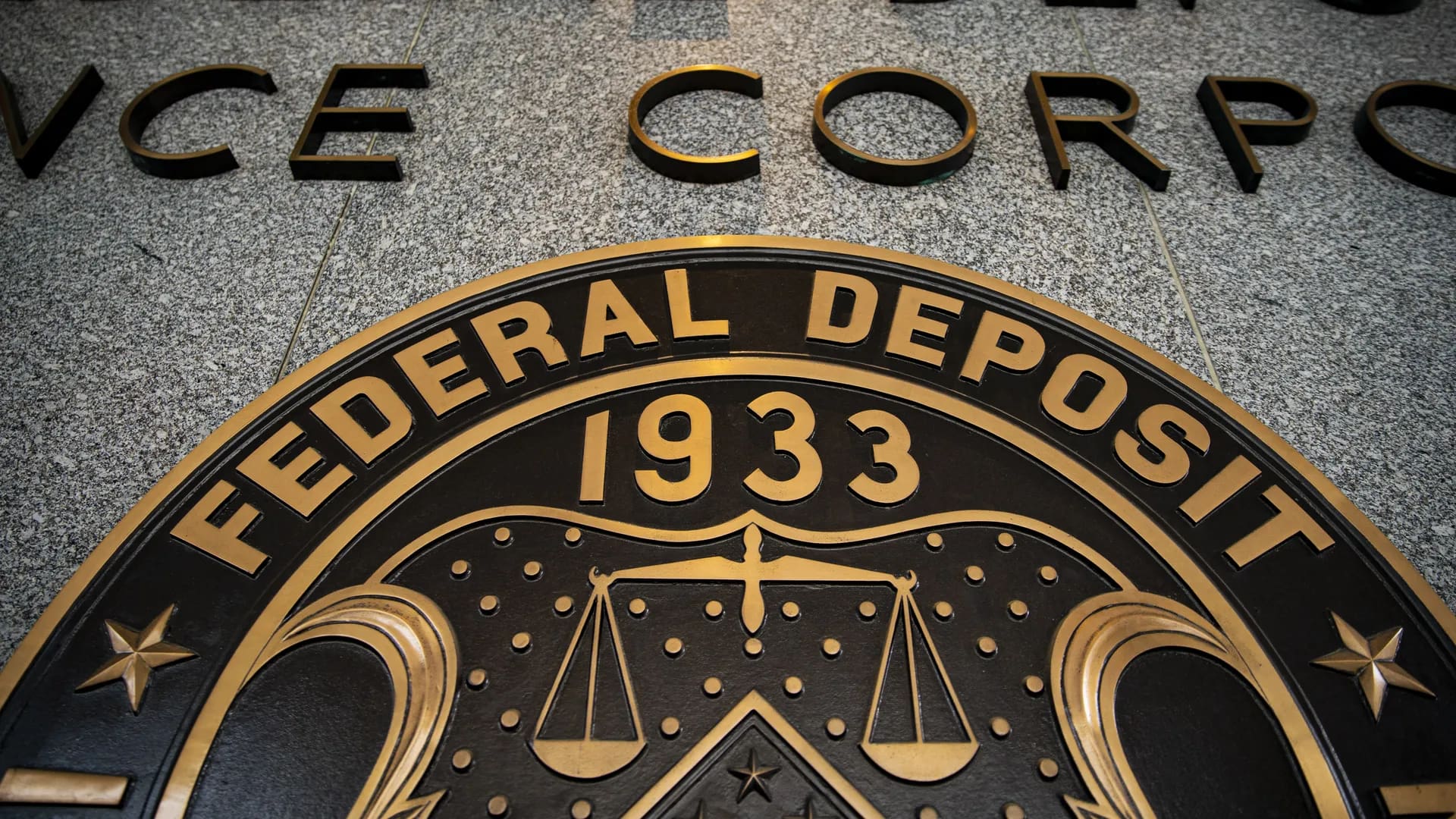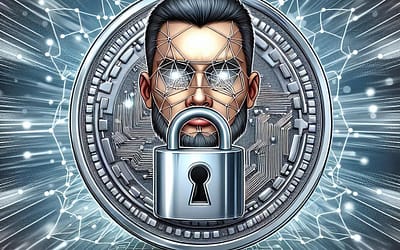In today's complex financial landscape, it's essential to understand the protections in place to safeguard your hard-earned money. One of these vital protections is the FDIC. Let's explore the FDIC in-depth, covering what it stands for, what FDIC insurance is, what it covers, which investments are insured, and how much money is insured. Let's dive in.
- What FDIC Stands For
The FDIC, or Federal Deposit Insurance Corporation, is an independent agency of the United States government created in 1933 in response to the Great Depression. Its primary purpose is to maintain stability and public confidence in the nation's financial system by insuring deposits in banks and thrift institutions, supervising and regulating financial institutions, and managing receiverships for failed banks.
- What FDIC Insurance Is
FDIC insurance protects depositors in case a financial institution fails. It is backed by the full faith and credit of the U.S. government, which means that depositors can be confident that their insured deposits will be reimbursed, up to the applicable limits. FDIC insurance is automatic when you open an account at an FDIC-insured bank, and there's no need to apply for this protection separately.
- What FDIC Covers
FDIC insurance covers a wide range of deposit accounts, including:
- Checking accounts
- Savings accounts
- Money market deposit accounts (MMDAs)
- Certificates of deposit (CDs)
- Negotiable order of withdrawal (NOW) accounts
However, it's crucial to understand that FDIC insurance does not cover all financial products. For example, it does not cover stocks, bonds, mutual funds, life insurance policies, annuities, or municipal securities.
- Which Investments Are FDIC insured
As mentioned earlier, FDIC insurance covers deposit accounts like checking, savings, MMDAs, CDs, and NOW accounts. It does not cover investment products like stocks, bonds, or mutual funds. To ensure that your money is protected, make sure to only invest in FDIC-insured accounts if you're seeking the security provided by this government-backed insurance.
- How Much Money Is Insured
FDIC insurance provides coverage up to $250,000 per depositor, per insured bank, for each account ownership category. Account ownership categories include single accounts, joint accounts, certain retirement accounts (such as IRAs), revocable trust accounts, and irrevocable trust accounts.
For example, if you have a checking account and a savings account at the same FDIC-insured bank, and the combined balance is $300,000, only $250,000 of your deposits will be insured. However, if you have accounts at different FDIC-insured banks, the coverage limits apply separately to each institution.
- Which Banks Are FDIC Insured
Most banks and savings institutions in the United States are insured by the FDIC. These include national banks, state-chartered banks, savings associations, and various other types of financial institutions. To be FDIC-insured, a bank must meet specific requirements and adhere to the regulations set forth by the FDIC.
To determine if a bank is FDIC-insured, follow these steps:
- Look for the FDIC logo: FDIC-insured banks often display the FDIC logo on their website, at their branches, and on their promotional materials. While the presence of the logo is a good indicator, it's essential to verify the bank's status directly with the FDIC.
- Check the FDIC BankFind tool: The FDIC maintains a comprehensive database of insured institutions called BankFind. You can use this tool to search for banks by name, location, or other relevant details. If a bank is listed in the BankFind tool, it's FDIC-insured.
- Call the FDIC: If you're still uncertain or have additional questions, you can call the FDIC's toll-free number at 1-877-ASK-FDIC (1-877-275-3342) for assistance.
Keep in mind that not all financial institutions are FDIC-insured. Some credit unions, for example, have their deposits insured by the National Credit Union Share Insurance Fund (NCUSIF), which is administered by the National Credit Union Administration (NCUA).

- Can The FDIC Run Out Of Money?
It's a legitimate concern to wonder if the FDIC could run out of money, especially during times of economic instability. However, the FDIC is designed to be a robust and well-funded insurance system, making it highly unlikely that it would run out of funds. Here's why:
- Deposit Insurance Fund (DIF): The FDIC maintains a Deposit Insurance Fund (DIF) that is funded primarily by premiums paid by insured banks and savings institutions. The DIF's balance is continually replenished through these premiums, ensuring that there is a reserve to cover insured deposits in the event of a bank failure.
- Risk-based assessments: The FDIC charges banks premiums based on their level of risk. This means that banks with riskier practices are required to pay higher premiums, which helps to maintain the solvency of the DIF.
- Backing by the U.S. government: FDIC insurance is backed by the full faith and credit of the United States government. In the highly unlikely event that the DIF is depleted, the FDIC has the authority to borrow from the U.S. Treasury to cover insured deposits. This support ensures that the FDIC can fulfill its insurance obligations even during times of severe economic stress.
While the possibility of the FDIC running out of money is very low, it's essential to understand that the FDIC's primary purpose is to maintain public confidence in the banking system and protect depositors in case of bank failures.
Conclusion
The FDIC plays a vital role in maintaining stability and confidence in the U.S. financial system. By understanding what the FDIC is, what it covers, how it operates, and how much money is insured, you can make informed decisions about where to store your hard-earned money. Remember to always verify that your bank is FDIC-insured, and if you have any questions or concerns, consult with a financial professional to guide you through the complexities of the financial world.
Matt is the founder of TechMalak. When he's not buried face-deep in the crypto charts you can find him tinkering with the latest tech gadgets and A. I tools. He's a crypto investor and entrepreneur. He uses a mixture of A.I and human thought and input into all his articles on TechMalak, further merging man with machine.





